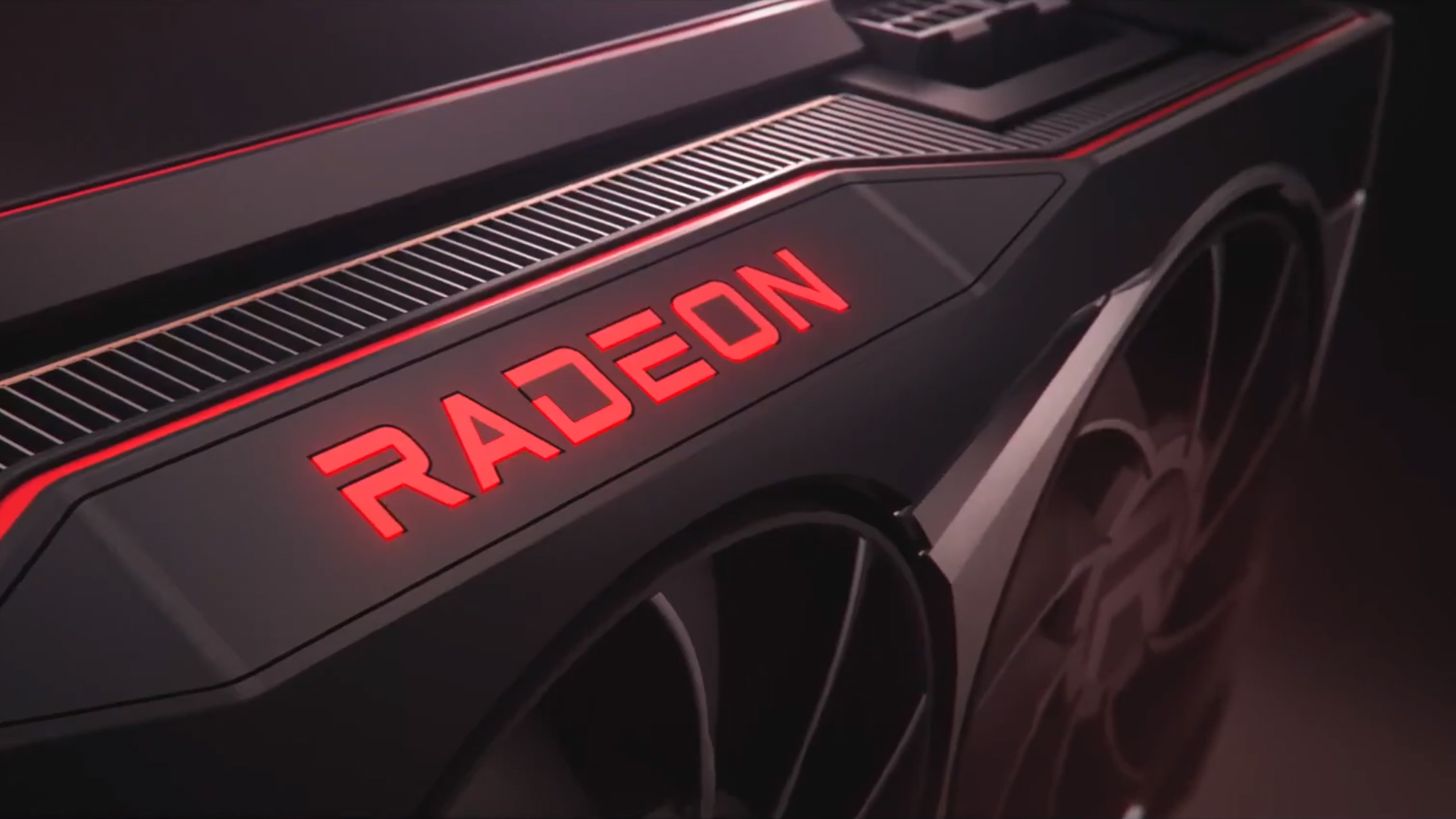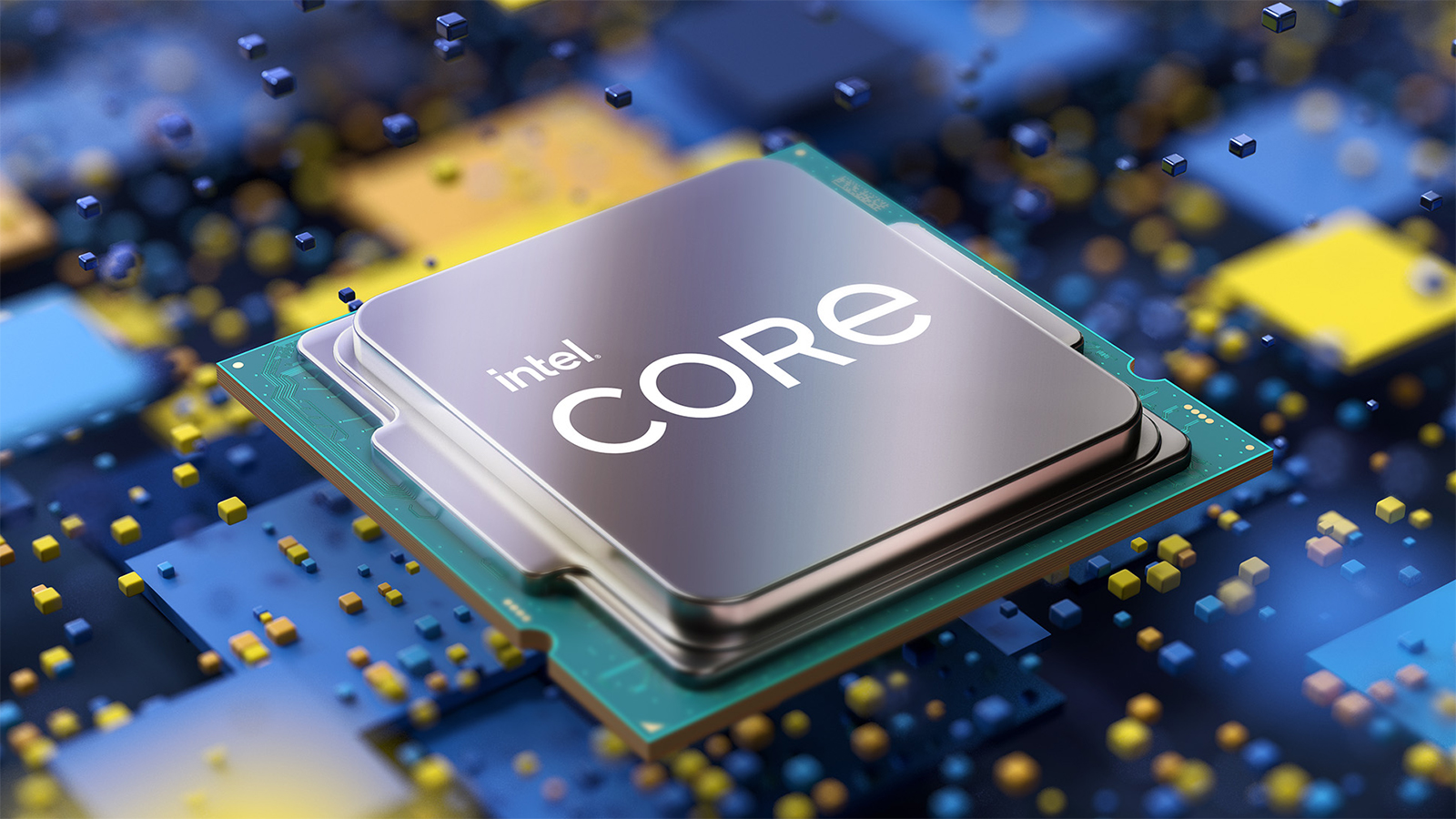
AMD’s next-gen graphics cards are coming later this year, and we’ve just witnessed a fresh batch of rumors regarding when these RDNA 3 models might turn up, with some extra purported details on their design, too.
Prolific YouTube leaker Moore’s Law is Dead (MLID) talked about the incoming GPUs in his latest video, stating his belief that Navi 31, the top-end chip for RDNA 3 which will presumably be spearheaded by the RX 7900 XT (note that MLID expects three different models to be built on Navi 31) is still planned to launch in Q4, meaning at some point from October through to December.
This is backed up by a sighting of the RX 7900 XT in a changelog, meaning that software validation has started on the GPU as Wccftech reported. In other words, this is about right to suggest that the flagship next-gen graphics card is on track for AMD’s intended final quarter launch schedule.
That said, MLID does hint that despite his sources being pretty sure about a Q4 release, there is a chance that Team Red might pull it forward a little bit, and obviously at this point, even AMD still hasn’t got a clear idea of the exact launch month yet.
Apparently, more affordable mid-range Navi 33-based GPUs will likely be out the door just before Navi 31, MLID believes (there may not be much in it), whereas the graphics cards in-between these two top-tier and middling offerings, Navi 32, won’t emerge until 2023 – seemingly in the first half of next year.
MLID also once again talks about AMD employing a multi-chip module (MCM) strategy – as opposed to using just one chip, a single GPU as normal – reasserting that both Navi 31 and 32 will go this route (but the RDNA 3 cards below that will be normal GPUs, which is to say monolithic or single chips).
Apparently, Navi 31 is set to have 3D stacked 5nm compute dies and 6nm I/O plus Infinity Cache dies (meaning they are stacked together), and Navi 32 could also take that approach. But even if the latter doesn’t do 3D stacking, it will be a multi-chip affair, or so MLID reckons (both will definitely use 6nm and 5nm chiplets together, he claims). Of course, all this should be taken with an appropriate amount of skepticism.
The YouTuber also touches on predicting performance gains, repeating previous estimations that Navi 33 is expected to be the equal of AMD’s RX 6900 XT (for rasterization, meaning traditional rendering as opposed to ray tracing, at 1080p), with Navi 31 being twice as fast as that (yes, the 7900 XT is expected to double up performance compared to the 6900 XT).
Navi 32 performance is vaguer with it being further out, but MLID reckons it’ll be at least 20% to 30% quicker than the 6900 XT, perhaps even up towards the 50% mark (larger helpings of condiments are needed with that one, and indeed the idea that Navi 31 could possibly be even more performant than mentioned here, too).
Analysis: If rumor mill is right, RDNA 3 cards should be well worth any wait
The info on the launch timeframe imparted here is both good and bad news. It’s good to hear that things are still on track for Navi 31 and 33, but there’s a serious curveball with the theory that Navi 32 may not arrive until much later on, perhaps some way into 2023.
If the initial launches of Navi 33 followed by Navi 31 hit in, say, October or November, we could be waiting another six months or so for Navi 32 – with it being the first half of 2023, that could theoretically mean June. As these later arrivals could be the RX 7700 XT or maybe 7800 XT (MLID seems pretty unsure on exactly where AMD will divide its RDNA 3 range), they could be the seriously peppy but somewhat more affordable models that many gamers are hankering after – and they’ll have to wait for them, perhaps. If all this turns out to be correct, of course…
MLID seems pretty confident in his sources regarding the claim that we’ll be waiting quite a while longer for the Navi 32 cards, but only time will tell.
Given the other rumors the YouTuber has been spinning of late, RDNA 3 cards should be well worth any wait, mind, and could (roughly) equal Nvidia’s next-gen performance with Lovelace (away from ray tracing, anyway), but do it in a much more efficient manner.
While there are rumors that Nvidia’s RTX 4090 could pull 600W of power draw, the speculation around AMD’s next-gen flagship pegs the power consumption at 375W to 450W – which is still a hefty old chunk of wattage, but obviously considerably less than Team Green’s top dog GPU.
Latest rumor around purportedly incoming Nvidia power hog GPUs suggests a 900W monster
Via Wccftech




